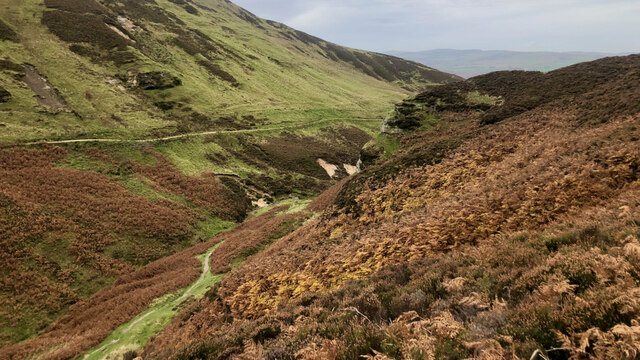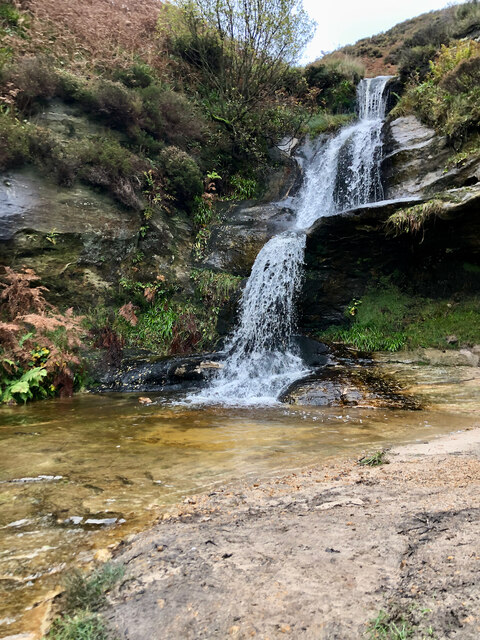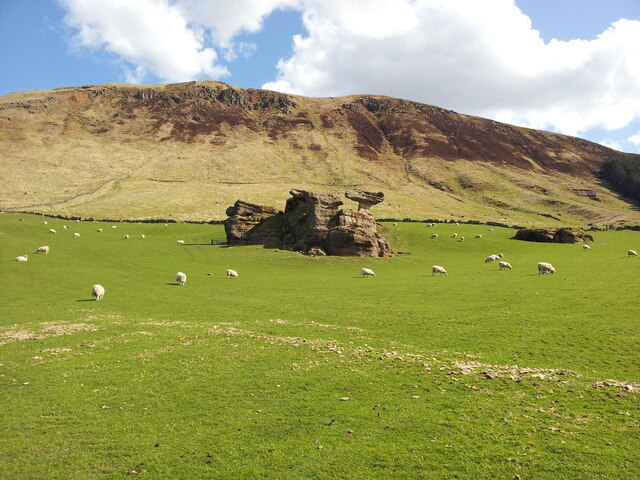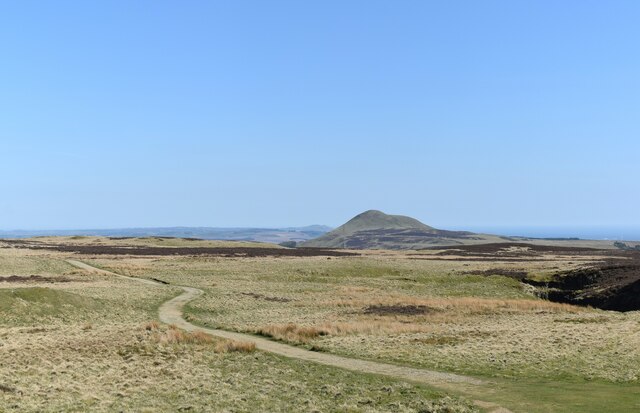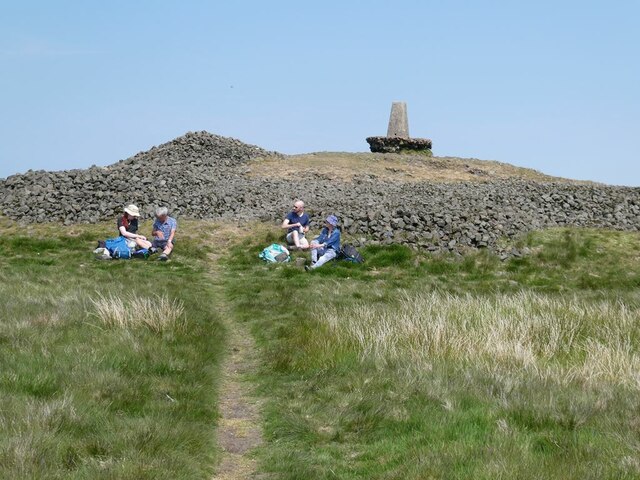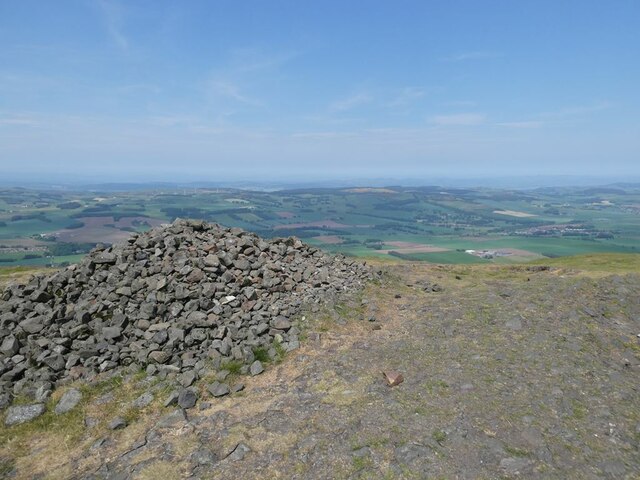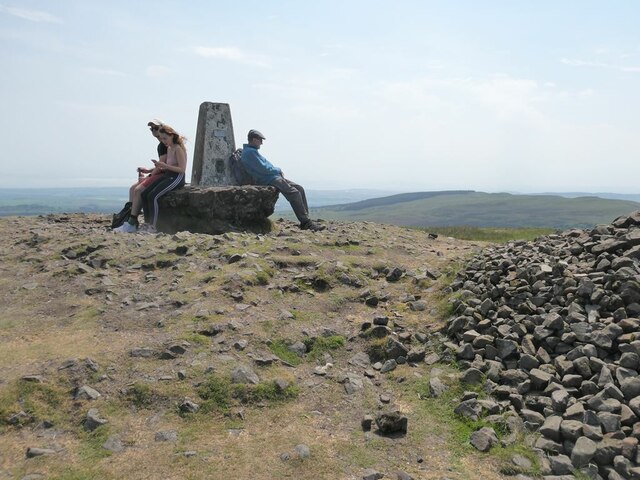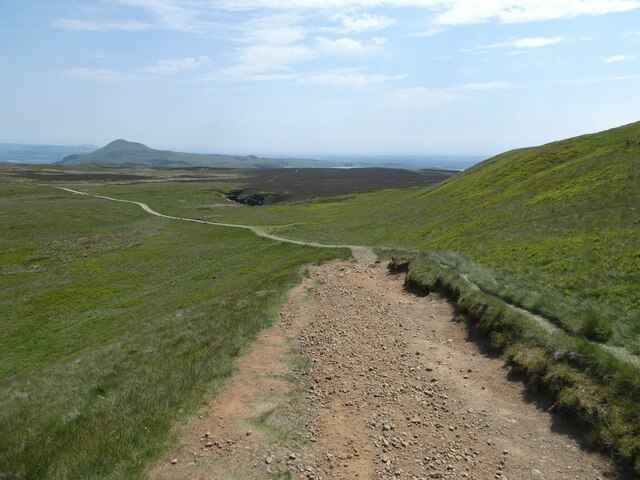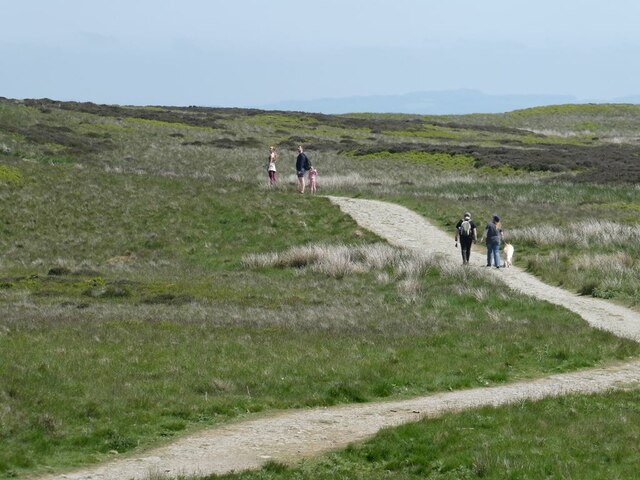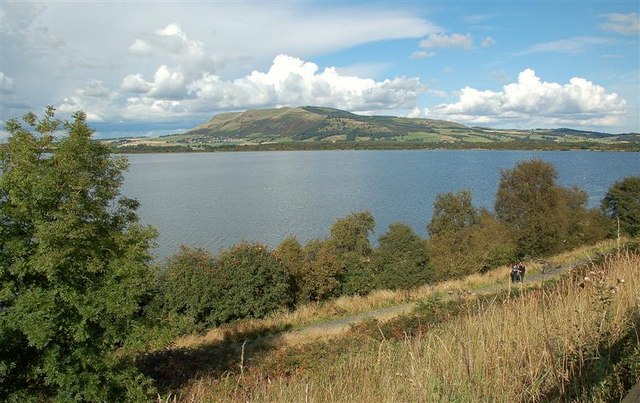Edge Head
Landscape Feature in Fife
Scotland
Edge Head
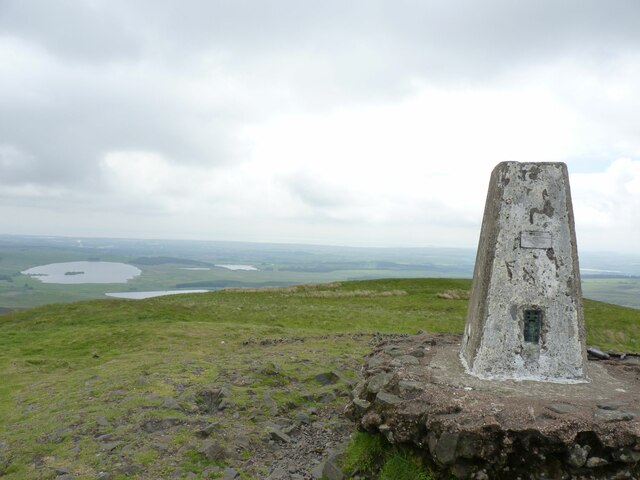
Edge Head is a prominent landscape feature located in Fife, Scotland. Situated near the village of Auchtertool, it is a distinctive hill that forms part of the surrounding landscape. Rising to an elevation of approximately 180 meters (590 feet), it offers breathtaking views of the surrounding countryside.
The hill is characterized by its steep slopes, which are covered in a mix of heather, grasses, and scattered trees. These slopes provide habitat for a variety of wildlife, including birds, mammals, and insects. The summit of Edge Head is relatively flat, offering a relatively easy climb for hikers and nature enthusiasts.
The hill's location makes it a popular destination for outdoor activities such as hiking, hillwalking, and nature photography. Its proximity to Auchtertool also means it is easily accessible for both locals and visitors. On a clear day, the summit provides panoramic views of the Fife countryside, with rolling hills, farmland, and distant coastal views.
Edge Head also holds historical significance, with evidence of prehistoric settlements in the surrounding area. The hill's strategic position may have made it a defensive site in ancient times. Today, visitors can explore the hill and potentially discover remnants of its past.
Overall, Edge Head in Fife is a picturesque landscape feature that offers stunning views, diverse wildlife, and a connection to the region's history. It is a popular destination for outdoor enthusiasts and provides a tranquil escape into nature.
If you have any feedback on the listing, please let us know in the comments section below.
Edge Head Images
Images are sourced within 2km of 56.242092/-3.3103469 or Grid Reference NO1806. Thanks to Geograph Open Source API. All images are credited.

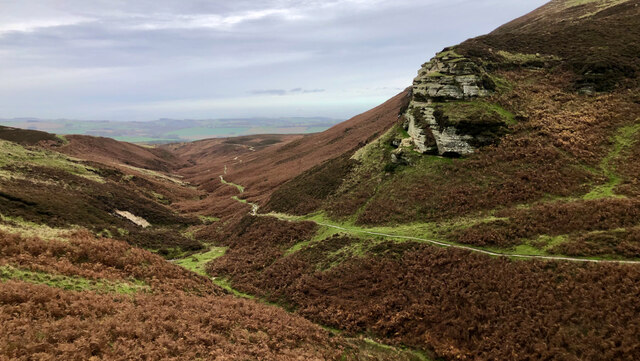
![Devil's Burdens The location of many prehistoric finds, over 100, mainly flint microliths and leaf-shaped and chisel arrowheads, including a Bronze Age battle-axe made of vesicular volcanic lava, two bladelets of pitchstone, and a single sherd of coarse pottery, probably prehistoric.
Sources:
‘Devil’s Burdens, West Lomond | Canmore’. 2022. Canmore.org.uk &lt;<span class="nowrap"><a title="https://canmore.org.uk/site/93889/devils-burdens-west-lomond" rel="nofollow ugc noopener" href="https://canmore.org.uk/site/93889/devils-burdens-west-lomond">Link</a><img style="margin-left:2px;" alt="External link" title="External link - shift click to open in new window" src="https://s1.geograph.org.uk/img/external.png" width="10" height="10"/></span> &gt; [accessed 29 October 2022]
‘Devil’s Burdens | Canmore’. 2022. Canmore.org.uk &lt;<span class="nowrap"><a title="https://canmore.org.uk/site/86522/devils-burdens" rel="nofollow ugc noopener" href="https://canmore.org.uk/site/86522/devils-burdens">Link</a><img style="margin-left:2px;" alt="External link" title="External link - shift click to open in new window" src="https://s1.geograph.org.uk/img/external.png" width="10" height="10"/></span> &gt; [accessed 29 October 2022]](https://s3.geograph.org.uk/geophotos/07/32/88/7328827_01792ad8.jpg)
![Wind And Weather A small hillock with an intriguing name.
&quot;The name is reminiscent of the Scottish phrase commonly found in boundary charters and perambulations to indicate a water-shed, Englished as ‘where wind and weather shears’.&quot; ‘Fife Place-Name Data :: Wind and Weather’. 2022. Glasgow.ac.uk &lt;<span class="nowrap"><a title="https://fife-placenames.glasgow.ac.uk/placename/?id=3240" rel="nofollow ugc noopener" href="https://fife-placenames.glasgow.ac.uk/placename/?id=3240">Link</a><img style="margin-left:2px;" alt="External link" title="External link - shift click to open in new window" src="https://s1.geograph.org.uk/img/external.png" width="10" height="10"/></span> &gt; [accessed 1 November 2022]
](https://s0.geograph.org.uk/geophotos/07/32/88/7328852_3f435fa4.jpg)
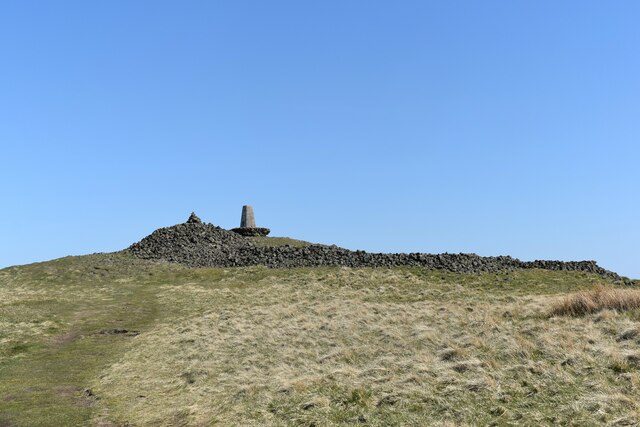
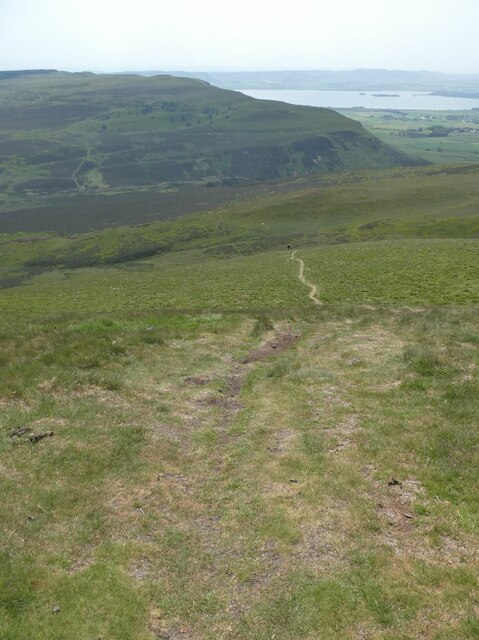
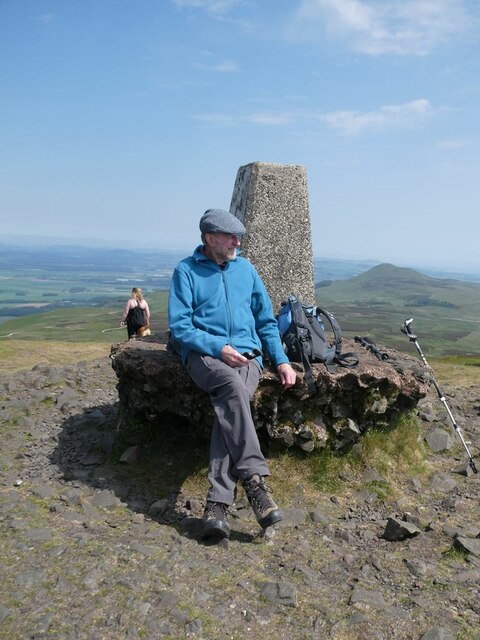
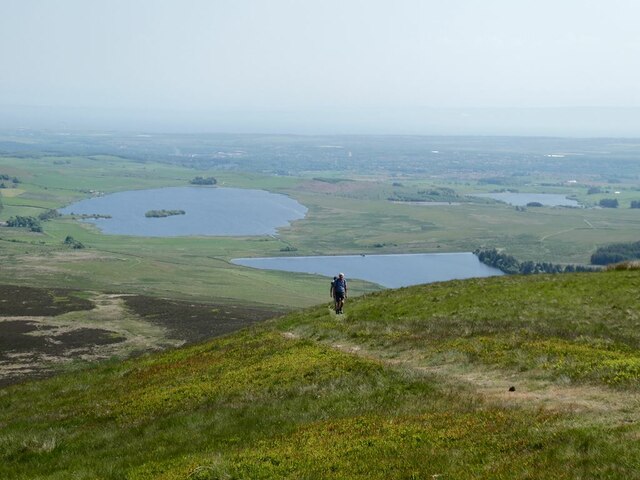
Edge Head is located at Grid Ref: NO1806 (Lat: 56.242092, Lng: -3.3103469)
Unitary Authority: Fife
Police Authority: Fife
What 3 Words
///surcharge.flown.storage. Near Falkland, Fife
Nearby Locations
Related Wikis
Bunnet Stane
The Bunnet Stane (or bonnet stone) is a rock formation near the hamlet of Gateside in Fife, at the foot of West Lomond. It sits upon one of the calciferous...
West Lomond
West Lomond is the highest point in the county of Fife, Scotland and the highest peak in the Lomond Hills. Its cone-shaped summit, which is the remains...
Glenlomond
Glenlomond is a village in Perth and Kinross, Scotland. It lies northeast of Loch Leven, north of the A911 road, at the foot of Bishop Hill in the Lomond...
Gateside railway station
Gateside railway station served the village of Gateside, Fife, Scotland from 1858 to 1950 on the Fife and Kinross Railway. == History == The station opened...
Gateside, Fife
Gateside is a small village in the north east of Fife, Scotland. It is inhabited by around 200 people. It also comprises a school (which is currently closed...
Carsehall
Carsehall is a village in Perth and Kinross, Scotland. It is northeast of Loch Leven and west of Bishop Hill in the Lomond Hills. It is on the A911 road...
Portmoak
Portmoak is a parish in Kinross-shire, Scotland. It consists of a group of settlements running north to south: Glenlomond, Wester Balgedie, Easter Balgedie...
Mawcarse railway station
Mawcarse railway station served the hamlet of Mawcarse, Perth and Kinross, Scotland from 1858 to 1964 on the Fife and Kinross Railway. == History == The...
Nearby Amenities
Located within 500m of 56.242092,-3.3103469Have you been to Edge Head?
Leave your review of Edge Head below (or comments, questions and feedback).
